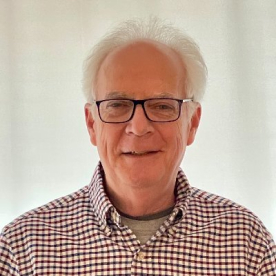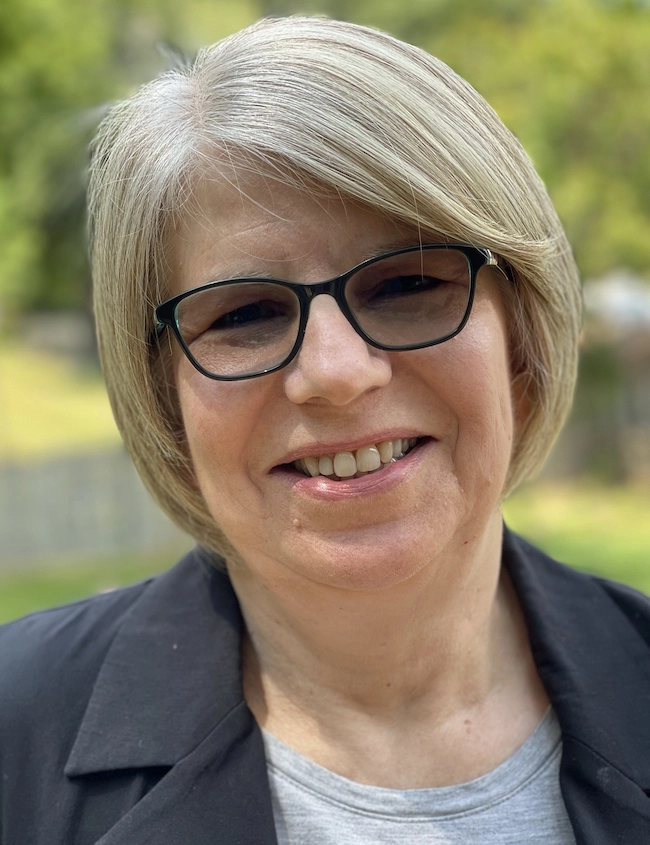Tag
francis collins
-
NIH head: Journalists have important role in explaining the science behind vaccine development
As coronavirus infections rise nationwide, health care journalists have an important role in explaining the science behind the development, safety…

-
•
Gero is “hot science:” NIH Director Collins
The National Institutes of Health remains strongly committed to the future of aging research, said NIH Director Francis S. Collins…

-
•
Collins unanimously confirmed as head of NIH
Francis S. Collins, M.D., Ph.D., has been unanimously confirmed as director of the National Institutes of Health, HHS Secretary Kathleen…


